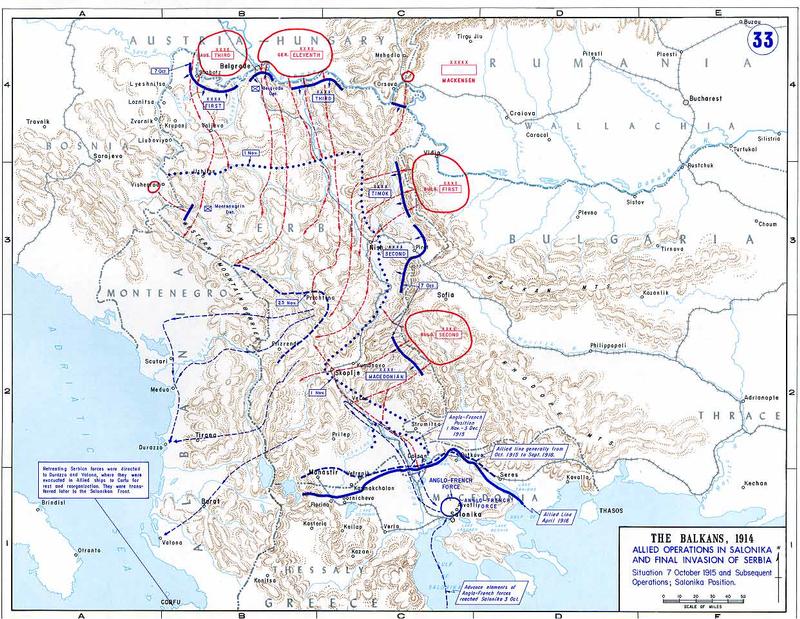

The literature focuses heavily on Russia, much less so on Germany and Austria-Hungary, and even less so on Russia’s ally Romania. Increased attention was paid to the topic in the 2000s, especially around the hundredth anniversary of the outbreak of the war. Significant numbers of scholars and independent writers did not turn their attention to the study of the Eastern Front until the collapse of the Soviet Union made access to Russian archives easier. The history of the World War I on the Eastern Front is vastly understudied when compared with that of the war on the Western Front. The study of the strictly military aspects constitutes the minority of works on the war in the east, and much of that is by amateur historians studies of society and the social aspects of the militaries dominate the scholarly literature. Because of the variety of military and civilian experiences, the academic study of the war in the east goes beyond battles and campaigns to include a wide array of topics regarding war and society. In contrast to Britain and France, the war destabilized the German, Austro-Hungarian, and Russian governments and social systems. Millions of civilians were caught in the shifting battlefields in the Baltics, Poland, Galicia, and Romania, leading to large numbers of displaced persons, who suffered and died in the course of evacuation. Civilians suffered far more in the east than in the west. Though there were few massive dayslong artillery bombardments that killed thousands, warfare in the open field led to enormous numbers of casualties.

Unlike the Western Front, there were large-scale offensives that covered hundreds of miles, but there were also extended lulls. Like the Western Front, there was trench warfare, but there was never a continuous trench line along the entire front. The war on the Eastern Front was every bit as bloody as that on the Western Front.


 0 kommentar(er)
0 kommentar(er)
